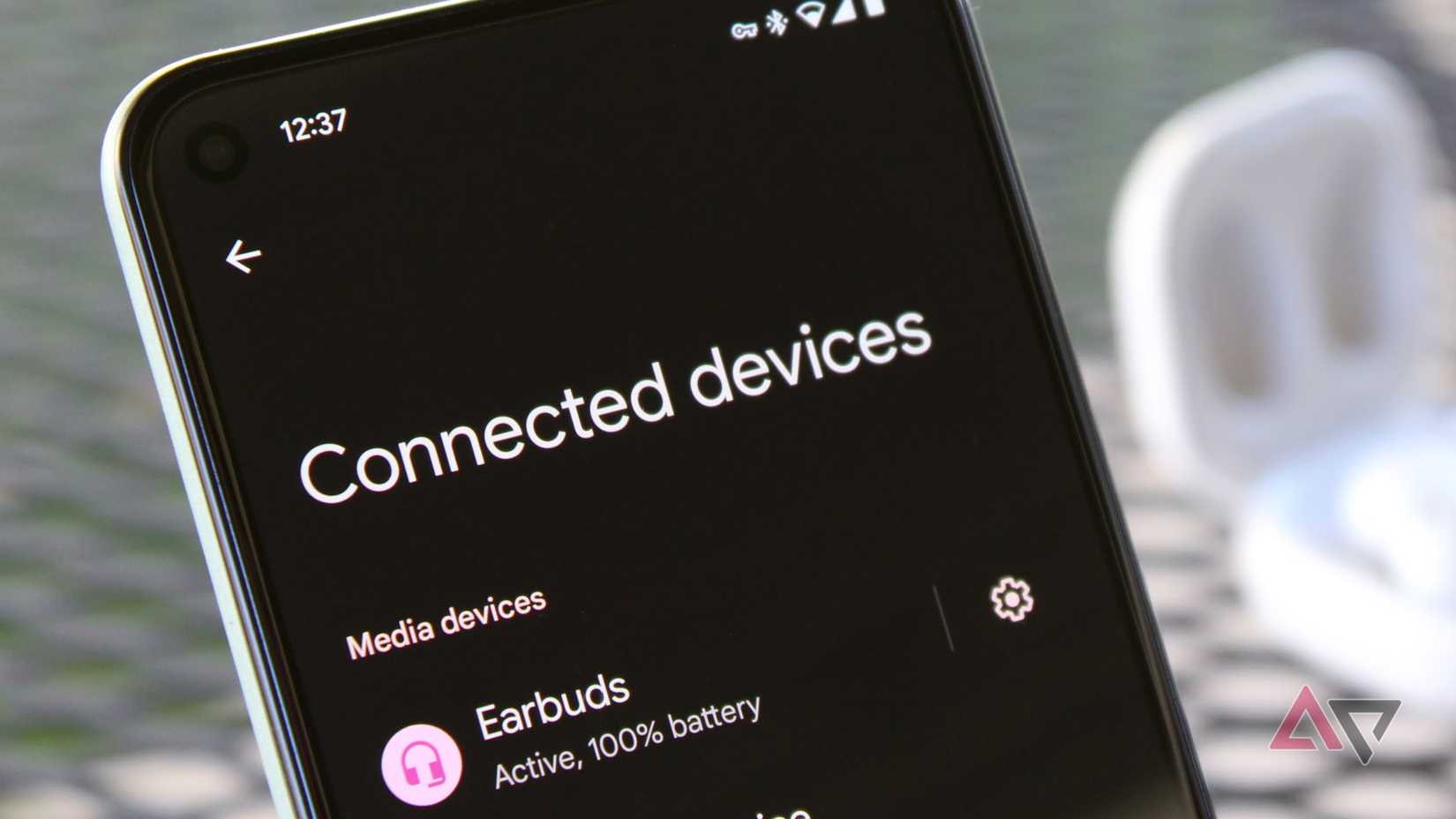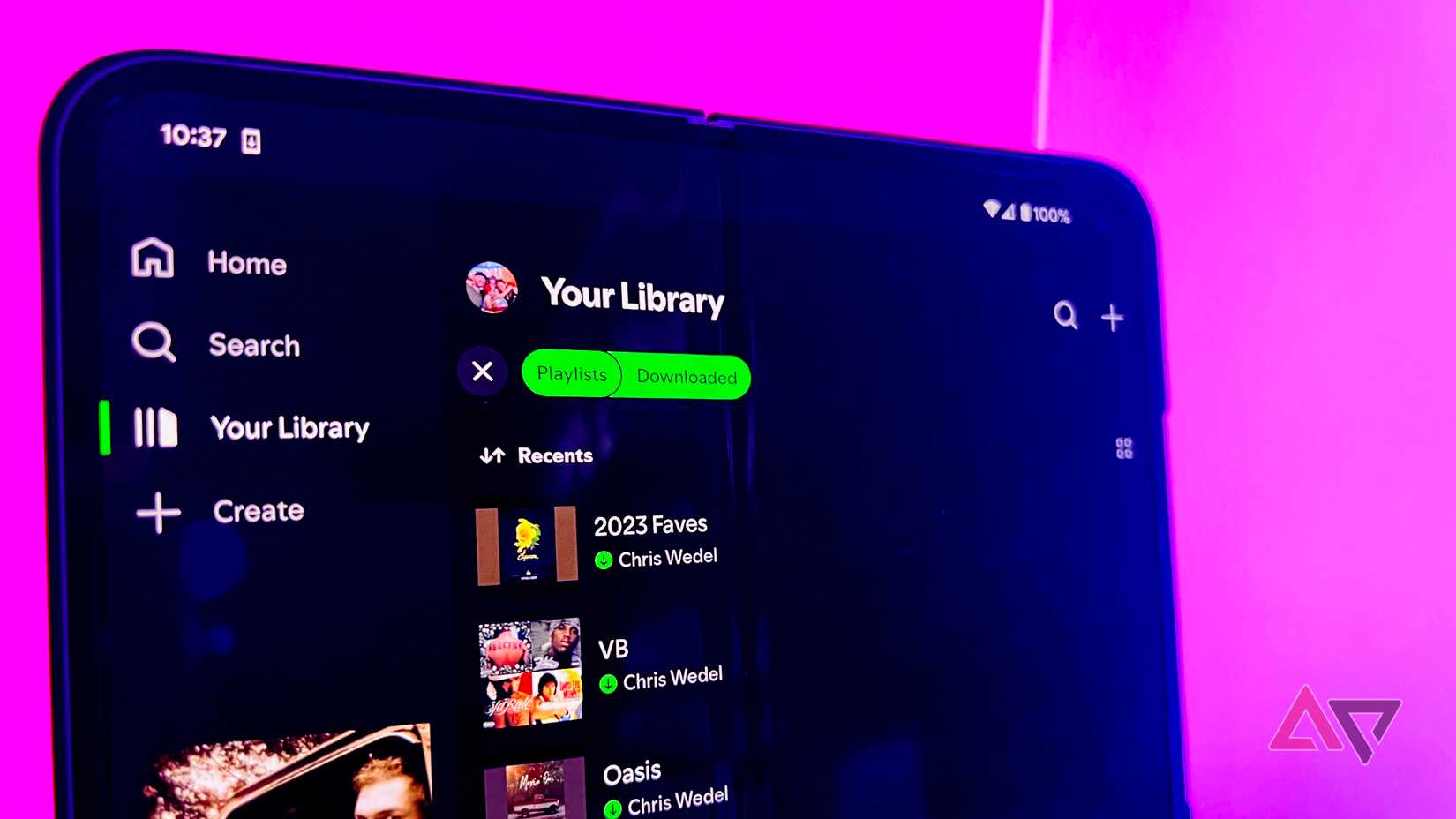Mere weeks after I canceled my Spotify subscription, switched to Tidal, and wrote a lengthy editorial about why I won’t be going back, Spotify decided to pause its onslaught of user-unfriendly updates and add some extra value to its service instead.
The music streaming service launched lossless streaming at no additional cost on September 10, then allowed free users to pick their own tracks (to a limit) on September 16.
Out of these two changes, lossless streaming is the one that Premium users (who contribute significantly more to Spotify’s revenue than free users) have been clamoring for for years.
While some of Spotify’s competitors rolled out Hi-Fi streaming with minimal fuss, Spotify seemed content to tease us.
What struck me as odd was how little fanfare Spotify made on the feature’s launch. I still use Spotify regularly for podcasts, but I received no notification telling me that the feature was available.
Spotify doesn’t seem to think Hi-Fi streaming is important. Should we?
Where’s the hype over lossless audio on Spotify?
Didn’t know that lossless music was on Spotify? You’re not alone
Spotify’s business model has always been about discoverability, not quality.
What hooked me on Spotify in 2015 was not just the range of music I had access to, but how easy it was to discover new music. Custom playlists, suggested tracks, and Discover Weekly all made me a loyal Spotify subscriber for years.
It makes sense that Spotify wouldn’t consider lossless audio a priority feature for years, but for its early years, the service didn’t have much competition.
Now, YouTube Music is bundled with your YouTube Premium subscription, Amazon Music is bundled with your Prime subscription, and Apple Music is also a thing.
Spotify tried to capitalize on its reputation as a service for discovering music with a range of new features, including AI-powered playlist generators, and added support for audiobooks and podcasts.
However, this is what drove me away from Spotify as I felt that the bloated app was making it harder to access and listen to music.
I know I’m not the only one who thought this way, so perhaps this is why Spotify decided to finally launch lossless listening. But for such a big change, Spotify just didn’t seem to care.
Spotify’s marketing for the feature has been remarkably lackluster. A press release with minimal reach, a blog post, and some social media posts. But perhaps the most obvious omission is for its free users.
I was expecting Spotify to bombard me with notifications begging me to return for lossless audio when I opened the app, but there’s been absolutely nothing.
It’s easy to joke about Spotify having a useless marketing team, but what if it’s the opposite? Perhaps Spotify knows its listeners better than you think.
You probably don’t care about lossless audio
Lossless audio doesn’t benefit from a Bluetooth connection
Put on a pair of high-quality wired headphones, plug them (yes, with a wire) into your phone, switch between lossless and lossy (standard) tracks on Spotify, and you’ll notice a difference.
Spotify’s 24-bit/44.1 kHz FLAC quality is significantly higher than the 320 kbit/s you’ll notice on lossy tracks. However, unless you’re listening over a wired connection or Wi-Fi (such as through Spotify Connect), you won’t notice a difference.
A 2024 study indicated that around 70% of headphone users use Bluetooth devices. If Spotify listeners are split the same way, then that’s 70% of people who won’t benefit from lossless audio.
Just because you use Bluetooth headphones doesn’t mean you can’t make use of lossless audio. If you own a speaker that can connect over Wi-Fi, you can enjoy lossless listening in your home.
The necessary compression of audio over Bluetooth means many of us won’t notice the improvement in audio quality on Spotify.
I touted better audio quality on Tidal as a key reason I switched, but as I have the privilege of being alone in my flat while I work, I can crank my speaker up to 11 to enjoy the higher-quality tracks without annoying anyone.
Spotify is right not to focus on lossless audio as a pivotal moment
It can’t win, so why try?
Had Spotify launched lossless audio at no extra cost in 2015, this would have caused shockwaves in the then-adolescent music streaming industry.
At the time, Tidal cost $20 a month ($27 now). A single Spotify Premium subscription was $9.99. Including lossless streaming at this price would have set Spotify light-years ahead of its competitors.
In 2025, Spotify’s efforts are too little, too late. Not only have other streaming services, including Apple Music (in 2021) and Amazon Music (in 2019), offered lossless streaming for years, but they are also of higher quality than Spotify’s offerings.
Spotify’s lossless tracks have a maximum quality of 24-bit/44.1 kHz, while Tidal offers 24-bit, 192 kHz. For the non-audiophiles out there, the higher number is better. A lot better.
Spotify didn’t need lossless audio, but it’s here
The only conclusion I can come to about why Spotify included lossless audio is that it was easy.
It probably won’t affect subscriber counts as audiophiles will be happier with higher-quality services, while regular users are more concerned with practical features like a working shuffle feature.
So the hype is over, lossless audio on Spotify is here. If you were hoping for a shakeup of the music streaming industry, you’ll have to wait.
Far from being the biggest, lossless audio is actually the most inconsequential update Spotify has received, as neither its users nor the company cares.




